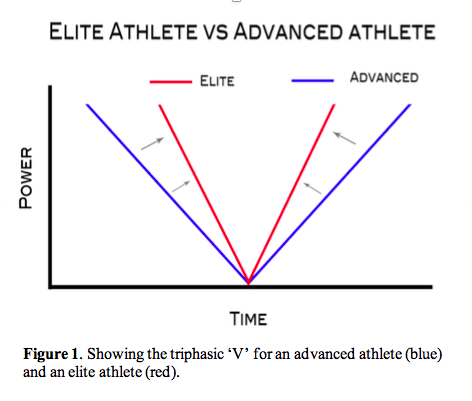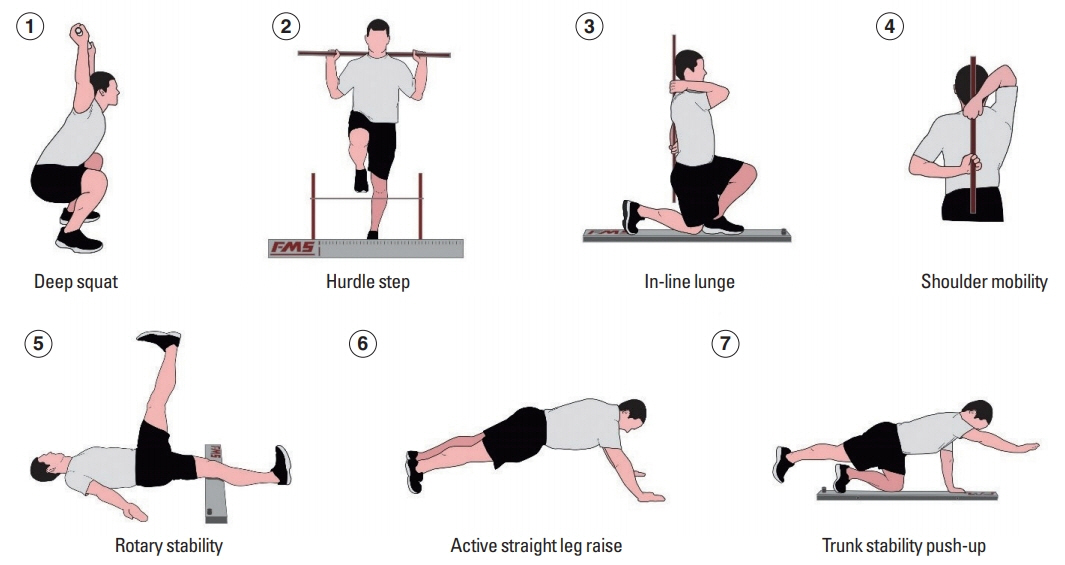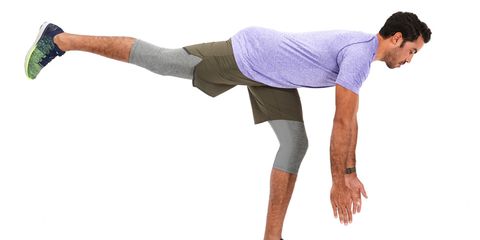How do we keep athletes from over training their CNS and muscular systems during season? How do we continue to progress strength, power, and speed while they are practicing and competing?
This is the struggle of a strength and conditioning professional. I am responsible for the Womens basketball teams strength and conditioning program here at Hardin-Simmons University. This year we made it to the ASC conference tournaments final game and lost by 2 points.
How did we get there? By keeping our best athletes on the court. Basketball is a long season starting practice in October and we just finished up march first.
To keep our athletes healthy all season long is a difficult task. First movements must be perfected, mobility must be improved especially in the Hips, ankles, and shoulders. Then stability must be progressed. Then we can start to add strength, power, and speed.
After mobility is addressed we begin to teach jumping and landing technique. Plyometrics are a great way to strengthen the tendons and ligaments and teach the body to absorb force. Then creating strength at all ranges of motion and the entire body was next. After the strength phase we began to train power. All the while we worked on running and change of direction mechanics while improving conditioning levels.
As season began we backed off of the volume in the weight room and focused on moving the bar fast to train power. Less is more when it comes to off-season training. Progression must be slow to prevent CNS over training. Proper recovery must be in place between sessions.
The success of this training program was because of how hard we trained to make sure we stayed healthy.
Backing off volume but still training with heavy intensities is important to prevent de-training.
Thanks for reading.





